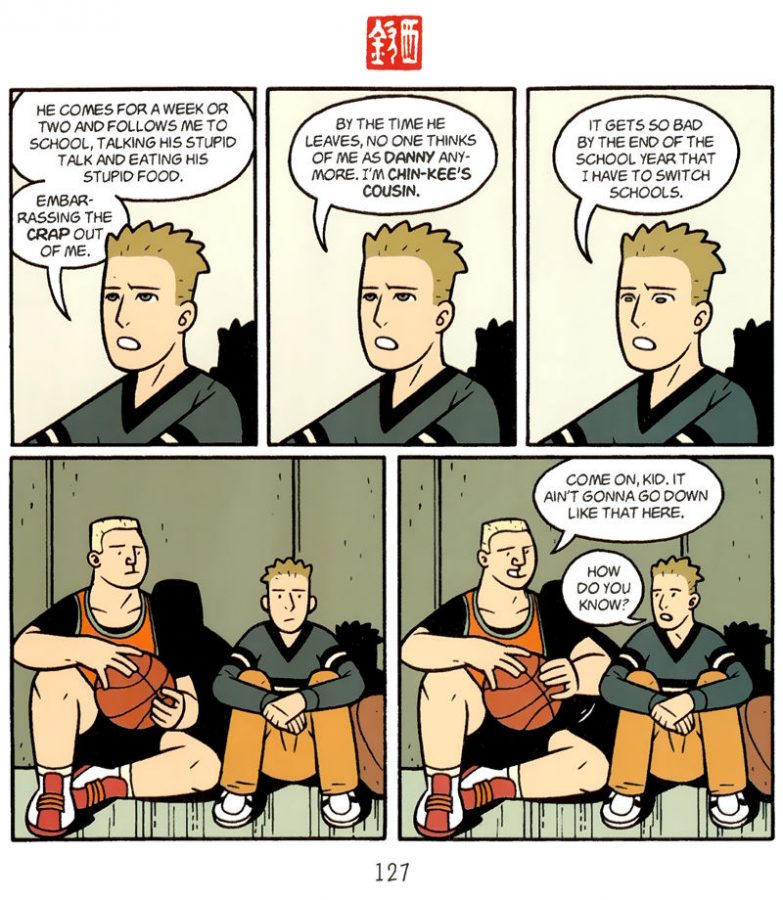Graphic novels: effective tools in class environments
March 13, 2020
Graphic novels have become increasingly integrated into school curricula–at Jefferson, some freshmen were assigned “American Born Chinese” by Gene Yang to learn different features of comic strips: pictures, captions, dialog, panels, and gutters. Students also use graphic novels to learn and analyze different situations in classics that are traditionally read in English classes.
For me, comics have not been a large part of my English education until freshman year where I was introduced to “The Odyssey” and a comics unit. “The Odyssey” is written in older English, so the authors translated the book into more modern English. Even though the text is translated, some parts of the book were still confusing. When I was confused, I turned to the same part in the comic book and could understand what happened during the scene.
Opposers of comics in the classroom cite different reasons: they point out that the text from the actual book is more helpful than the comic, or explain that the graphic novel version of the book is not beneficial for the reader as they will not have to think to understand what is happening in the book at the moment.
All these reasons for the disadvantages of using comics in education are outweighed by the benefits of using graphic novels for learning. For one, graphic novels help younger students that haven’t learned to read yet comprehend the book. Students also would have a higher comprehension and recall rate of the plot: according to MINNETESOL Journal, 2018, students who read the comic book performed better in tests to see if students could remember the key idea of chapter’s event, the sequence of events, the problem, the resolution, the characters, and the setting of the book.
Additionally, graphic novels help students retain interest and think creatively and “out of the box”. When students read comic books, the pictures help the students imagine what is happening with ease compared to a book with no pictures. Pictures and captions make the book more appealing to help the students.
Classrooms should use graphic novels in order to foster better comprehension rates, increase interest, and promote creative thinking. The benefits of comic books in the classroom, along with its potential as a tool to learn about different types of media, outweigh possible negative results.






